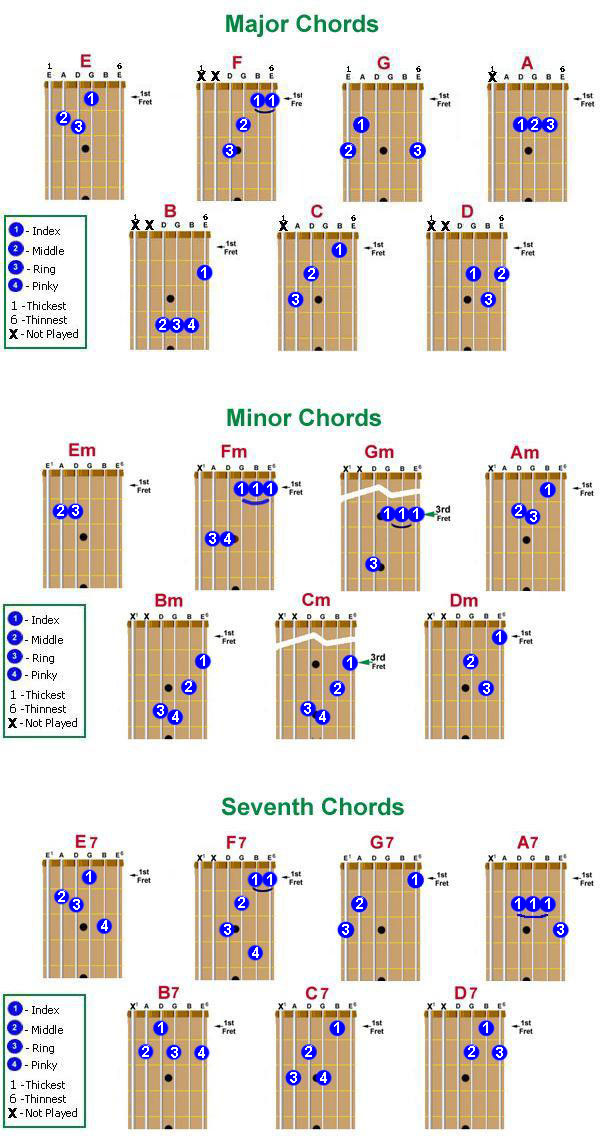

A diminished seventh chord consists of a seventh chord with all minor intervals.An augmented seventh chord consists of a dominant seventh chord with a raised fifth.A diminished triad consists of a minor triad with a lowered fifth.An augmented triad consists of a major triad with a raised fifth.Augmented means to raise the fifth by a half-step while diminished means to lower the fifth by a half-step. Augmented, Diminished, and Half-DiminishedĪugmented, Diminished, and Half-Diminished chords all pertain to the fifth in the chord. The two chords sound very different but are easily confused. Because the dominant chord is represented by only a letter and the number 7, you must remember to add an uppercase “M” or any other symbol you wish to use to indicate a major seventh chord. The “7” may look small as it does in the example above, or regular sized, as “C7.” Either way, it signifies a dominant seventh chord. It is merely an uppercase letter accompanied by a 7. The dominant seventh chord is one of the most straightforward chords to identify because it only has one form: The following is an example of a G Dominant Seventh Chord in the key of C Major: These are also known as major-minor seventh chords because their structure is made up of a major triad and a minor seventh. However, the only time a symbol accompanies dominant chords is when they are dominant seventh chords. For example, the dominant chord in the key of D Major is A Major.

The dominant chord in a major or minor key refers to the chord built on the fifth scale degree. Minor chords may also be represented by an uppercase letter and a lowercase “m,” for example, Dm. The lowercase letters can get confusing when it comes to letters like c, a, and f, so adding the “m” is usually preferred by musicians. Minor chords are most commonly represented by lowercase letters, either accompanied by a lowercase “m” or by themselves, for example, d or dm. The following symbols can all indicate major chords: Minor Chords Without the “M”, as we will see in the section on dominant chords, the chord will be assumed as dominant instead of major. However, when it comes to seventh chords, you must place a capital “M” next to the letter, for example, AM7. For example, if you see the letter “A” on a lead sheet, you can assume it’s an A Major chord. Major chords are most commonly represented by an uppercase letter with no other symbols.
#ALL CHORDS LIST HOW TO#
If you need a refresher on what these terms mean, check out our Glossary of Musical Terms or our article How to Read Sheet Music: Step by Step Instructions.


 0 kommentar(er)
0 kommentar(er)
